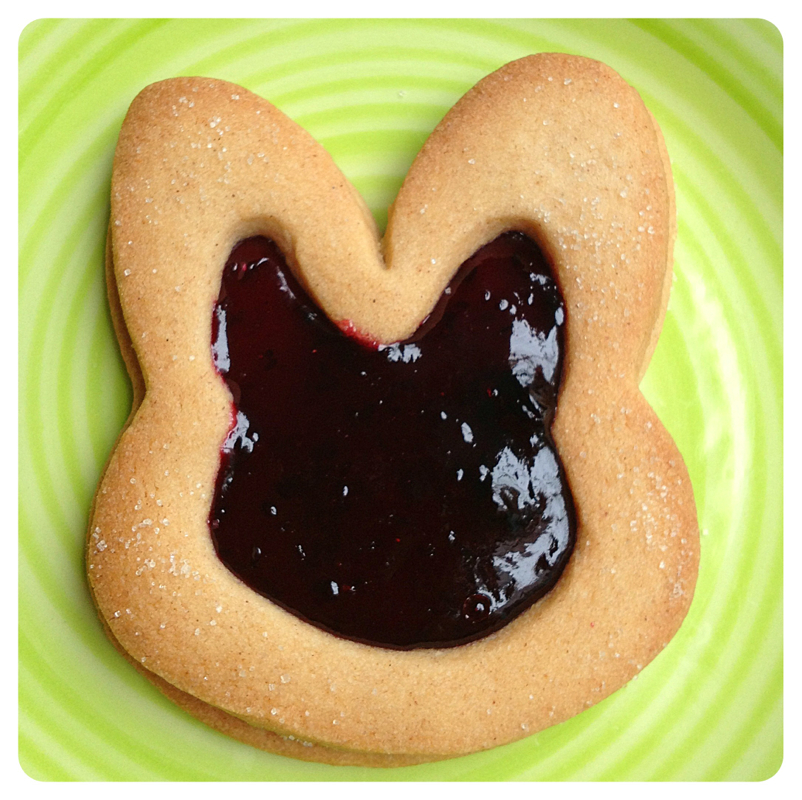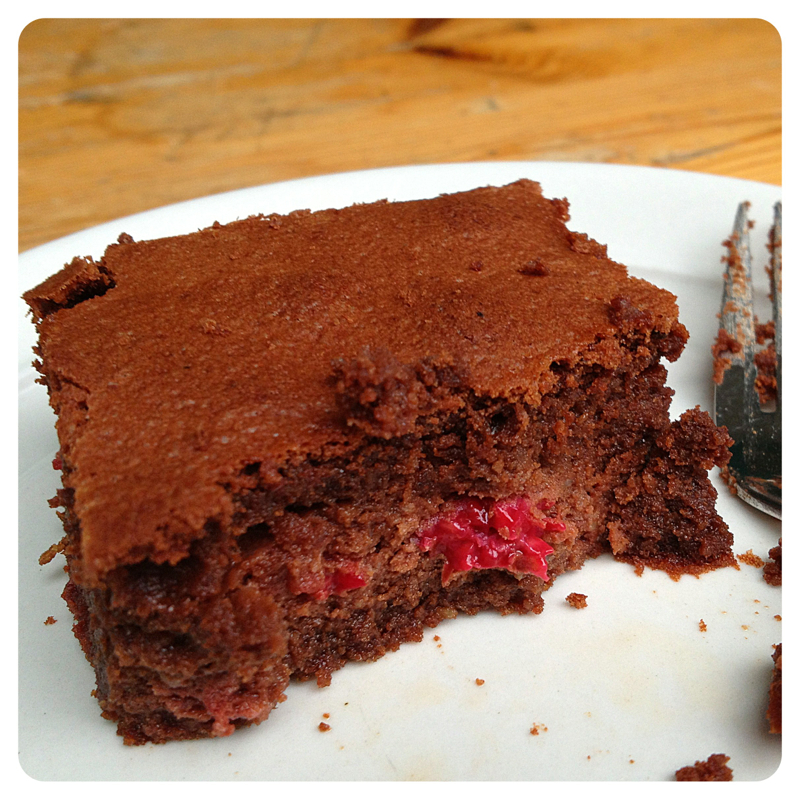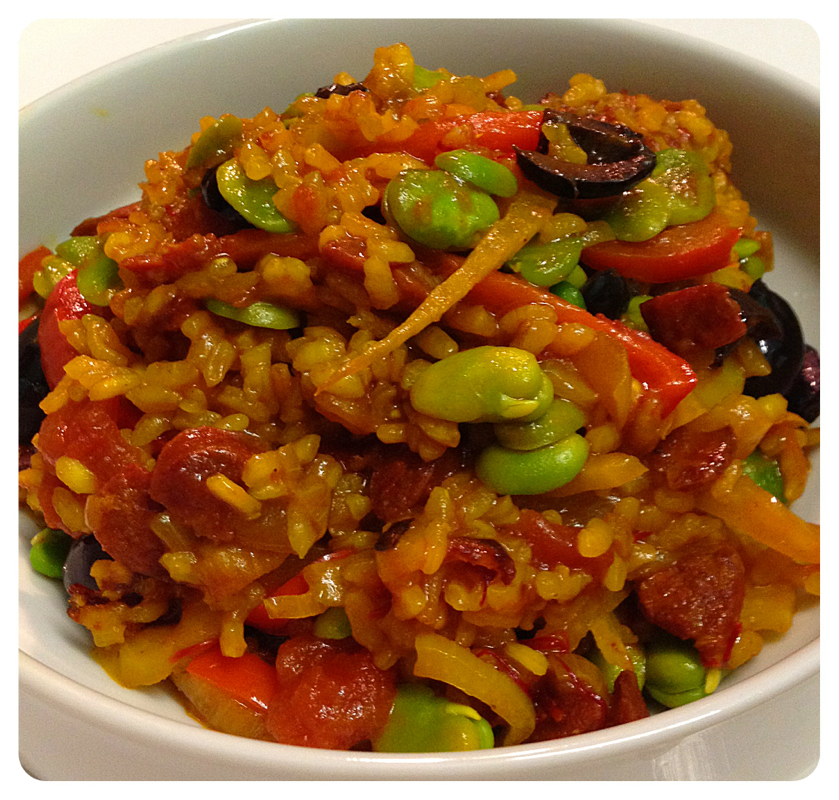Easter is second only to Christmas as a licence to overindulge - hot cross buns for breakfast? Why not. Two Cadbury's Creme Eggs? Don't mind if I do. Oh maybe that's just me.
I made these bunny head biscuits for Easter but they'd be delicious jammy dodgers anytime of year if you use different cutters. The cinnamon is quite subtle and the blackcurrant jam is both sharp and sweet. You can obviously use any flavour of jam if you've got a favourite.
The important thing is to have two biscuit cutters of different sizes. The closer in size they are, the bigger the hole to fill with jam will be. They don't have to be the same shape, but you can often buy sets of one shape in several sizes which make it easy - the ones I used here were from Sainsbury's.
Ingredients:
175g plain flour
Pinch of salt
1 tsp cinnamon
75g icing sugar
125g unsalted butter in small pieces
1 egg yolk
1 tsp vanilla extract
Blackcurrant jam
How to make them:
1. Put the flour, salt, cinnamon and icing sugar in a bowl.
2. Rub the butter lightly into the flour with your fingertips, until it looks like fine breadcrumbs.
3. Make a well in the centre of the flour and add the egg and vanilla. Mix together with a knife, then knead together gently to form a soft, smooth dough.
4. Wrap the dough in cling film and chill in the fridge for 30 mins.
5. Preheat the oven to 170C/Gas 3.
6. Roll the dough out to around 4mm.
7. Cut out an equal number of biscuits using the larger cutter and put them on baking sheets lined with grease proof paper. Make sure you do that before you cut out the centres or they'll be too fragile to move.
8. Then with half of the biscuits cut out the centre using the smaller cutter (you can re-roll the cut out bit).
9. Bake for 10mins until just starting to colour.
10. While they are still hot from the oven put a teaspoon of jam in the middle of each of the whole biscuits.
11. Spread it out carefully almost to the edge of the biscuit with the back of the teaspoon. You only need a thin layer of the jam to stick the biscuits together but not too much that it will ooze out of the sides. Try to keep all of the fruity bits in the middle where the hole will be or the top won't sandwich together properly.
12. Sprinkle the cut out biscuits with a fine dusting of castor sugar then carefully put each one on top of a whole biscuit. Add another teaspoon of jam into each hole to fill it with jam.
13. Put them back in the oven and cook for another 5mins until the biscuits are golden all over and the jam has set.
14. Remove from the oven and let them cool for 5 mins on the baking sheet before moving to a cooling rack.
Cardamom (Elaichi in Hindi) is the third most expensive spice by weight [after saffron and vanilla], but luckily a little goes a long way and gives a beautiful perfume to chilli, curries, biscuits and all manner of good things.
It can be quite a tricky balance to get the cardamom levels right in this recipe - too little and you might as well not bother, too much and it’s like eating a bar of soap [as I found out when the first batch ended up in the bin and husband described the second as ‘strange’]. The strength can be affected by how old your pods are – if they’ve started to lose their bright green colour, it’s definitely time to bin them and get a new batch.
If you’re not sure how strong you want it, I’d add half the ground cardamom to the chocolate mixture, taste, then decide if you want to add the rest; you don’t want it to overpower the other flavours. And don’t be tempted to substitute black cardamom, as the more woody flavour wouldn’t be right here.
I’ve listed the recipe with raspberries, but I’ve also made it with blackberries. I prefer the raspberries, as the flavour stands out more against the chocolate and cardamom but they do tend to be juicer, which makes the texture wetter. The blackberries give a more cake like texture but are a softer fruity note. You could of course leave the fruit out completely - substitute the cardamom for some ground ginger or just go for a pure chocolate hit.
Ingredients:
150g 70% dark chocolate
150g salted butter
6 medium eggs
250g golden caster sugar
100g ground almond
4 tsp cocoa powder
½ tsp vanilla extract
2-3 green cardamom
300g raspberries
How to make it:
1. Pre-heat the oven to 180°C/Gas 4, and line a traybake tin with grease proof paper.
2. Remove the cardamom seeds from their pods and grind to a fine powder. I've got a Jamie Oliver Flavour Shaker which I find invaluable for small amounts of spice but you could use a pestle and mortar.
3. Melt the chocolate and butter together in the microwave for about 1min 40secs, stopping every 30secs to stir. Eventually the remaining chocolate will melt in the residual heat of the liquid.
4. Add the ground cardamom and vanilla extract to the chocolate mix, then set aside to cool.
5. Beat the eggs and sugar together with a hand whisk or mixer until very fluffy and pale.
6. Mix the ground almonds with the cocoa powder and beat into the egg and sugar mixture.
7. Briefly beat the chocolate mixture into the mix.
8. Carefully fold in the raspberries with a spatula or big metal spoon.
9. Pour the batter into the tin and bake for 35-40 minutes. The cake will be set on the top and have a bit of jiggle below. It does have a tendency to catch, so if that starts to happen, cover it lightly with some scrunched up greaseproof paper.
10. Remove from the oven and leave in the tin on a wire rack to cool.
11. Make sure it's completely cool before you try to slice it - the top will still crack a bit anyway but you should stop the underneath from crumbling.
In 6 weeks we're off to Barcelona for a long weekend. It's over 10 years since I was there and my husband has never been. I can't think of anywhere more perfect for the two of us though and I suspect a large percentage of our time there will involve sherry, chorizo, jamon Iberico and churros.
To get us in the mood I thought I'd try making a paella. Neither of us are big fans of seafood, so the challenge was to find a recipe that would avoid that, but still have lots of flavour.
Not a problem, as I already had my eye on a vegetable paella recipe from Yotem Ottlenghi's Plenty which I could adapt. Along with a few other tweaks, I left out some of the veg and added chorizo. Obviously it's no longer a vegetarian dish but the vegetables are still the main flavour, with the chorizo accenting them. You can easily use the recipe as a base and add veg, meat or seafood of your choice.
It did initially take longer to cook than I expected but I then realised that having the hob on a very low heat meant that the stock wasn't hot enough to make the rice absorb it. Live and learn.
Yes, skinning the broad beans is a faff but it really is worth it. The more I did, the quicker I got and the better my technique. I won't lie though, a few did shoot across the room, for which the dog was very grateful!
Ingredients:
3 tbsp olive oil
100g chorizo diced small
1 small white onion, finely chopped
1 red and 1 yellow pepper cut into strips
1 small fennel bulb, cut into strips
2 bay leaves
¼ tsp smoked paprika
½ tsp turmeric
A pinch of cayenne
150g paella rice
100ml sherry
½ tsp saffron strands
400ml warm vegetable stock
½ sea salt
200ml chopped tomatoes
200g frozen broad beans
15 pitted Kalamata olives, halved
How to make it:
1. Heat the oil in a pan and fry the chorizo until it starts to crisp, then remove from the pan.
2. Add the onion to the same pan and fry for about 5 mins until it turns translucent.
3. Add the peppers and fennel and fry for about 6 mins more, making sure that the fennel has softened and started to turn brown.
4. Add the bay leaves, paprika, turmeric and cayenne to the vegetables and mix thoroughly for a minute.
5. Add the rice and stir for two minutes, making sure that all the rice has taken on the oil and flavours in the pan.
6. Add the saffron to the sherry, then add both to the pan. Let it boil for a minute then add the tomato.
7. Add the stock, salt and chorizo and turn down to a medium to low heat.
8. Let it cook for 20mins without stiring or covering.
9. While it's cooking, put the broad beans in a bowl and cover with boiling water. Leave for one minute then drain the water and re-cover with more boiling water. Leave for 2-3 minutes, then squeeze the beans out of their skins.
10. Once most of the liquid has been absorbed, sprinkle the beans and olives on the top and allow to cook for a few more minutes.
11. Check that the rice is soft but not soggy - it's ready to serve.
Adapted from Plenty by Yotem Ottolenghi





 RSS Feed
RSS Feed